 Interfor’s lumber mill in Grand Forks, BC to take an extended maintenance shutdown. In related news: MLA Ward Stamer says BC’s industry is in crisis; Trump and Carney avoid collision (save for a nasty comment or two); FPAC’s Derek Nighbor says lumber can’t be left behind; and lumber production continues to outpace demand. Meanwhile: Unifor is reassured on future of Domtar’s Kénogami plant; Sappi and UPM plan to reduce their paper production in Finland; and the EU imposes duties on Brazil plywood.
Interfor’s lumber mill in Grand Forks, BC to take an extended maintenance shutdown. In related news: MLA Ward Stamer says BC’s industry is in crisis; Trump and Carney avoid collision (save for a nasty comment or two); FPAC’s Derek Nighbor says lumber can’t be left behind; and lumber production continues to outpace demand. Meanwhile: Unifor is reassured on future of Domtar’s Kénogami plant; Sappi and UPM plan to reduce their paper production in Finland; and the EU imposes duties on Brazil plywood.
In Forestry/Climate news: Interfor’s news has BC Timber Sales bracing for selling problems; US groups urge Brussels not to cave on deforestation law; and Amazon rainforest hits record CO2 emissions from forest fires.
Finally, Rooted in Strength: Forestry Technician program in Pembroke, Ontario enters 58th year.
Kelly McCloskey, Tree Frog News Editor

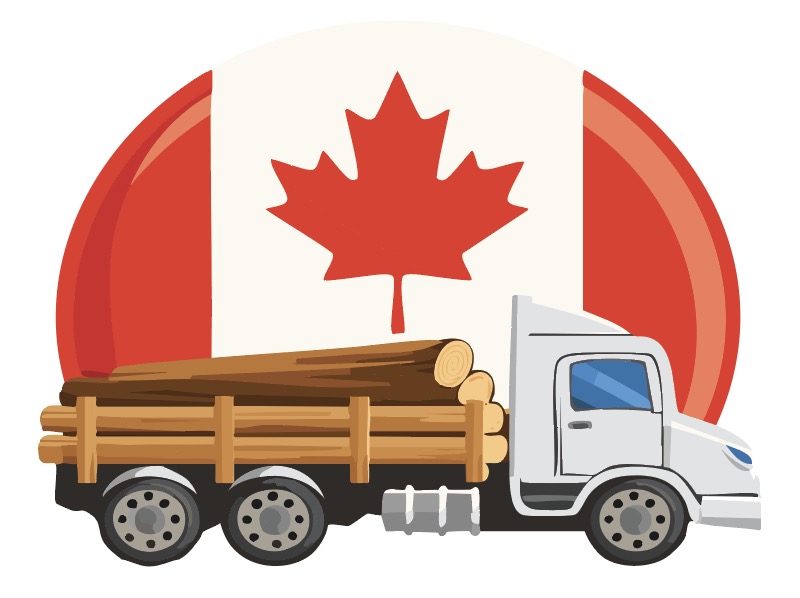
 Plans to institute an “extended maintenance shutdown” of the Interfor lumber mill in Grand Forks is not a permanent shutdown, according to the company. On Sept. 4 Interfor Corporation announced plans to reduce its lumber production by approximately 145 million board feet at all operations between September and December of 2025, representing approximately 12 per cent of its normal output. The temporary curtailments will be through a combination of reduced operating hours, prolonged holiday breaks, reconfigured shifting schedules and extended maintenance shut-downs. The curtailments are expected to impact all of Interfor’s operating regions, with both the Canadian and U.S. operations expected to reduce their production levels by approximately 12 per cent each. “The curtailments are in response to persistently weak market conditions and ongoing economic uncertainty,” read a statement from the company.
Plans to institute an “extended maintenance shutdown” of the Interfor lumber mill in Grand Forks is not a permanent shutdown, according to the company. On Sept. 4 Interfor Corporation announced plans to reduce its lumber production by approximately 145 million board feet at all operations between September and December of 2025, representing approximately 12 per cent of its normal output. The temporary curtailments will be through a combination of reduced operating hours, prolonged holiday breaks, reconfigured shifting schedules and extended maintenance shut-downs. The curtailments are expected to impact all of Interfor’s operating regions, with both the Canadian and U.S. operations expected to reduce their production levels by approximately 12 per cent each. “The curtailments are in response to persistently weak market conditions and ongoing economic uncertainty,” read a statement from the company.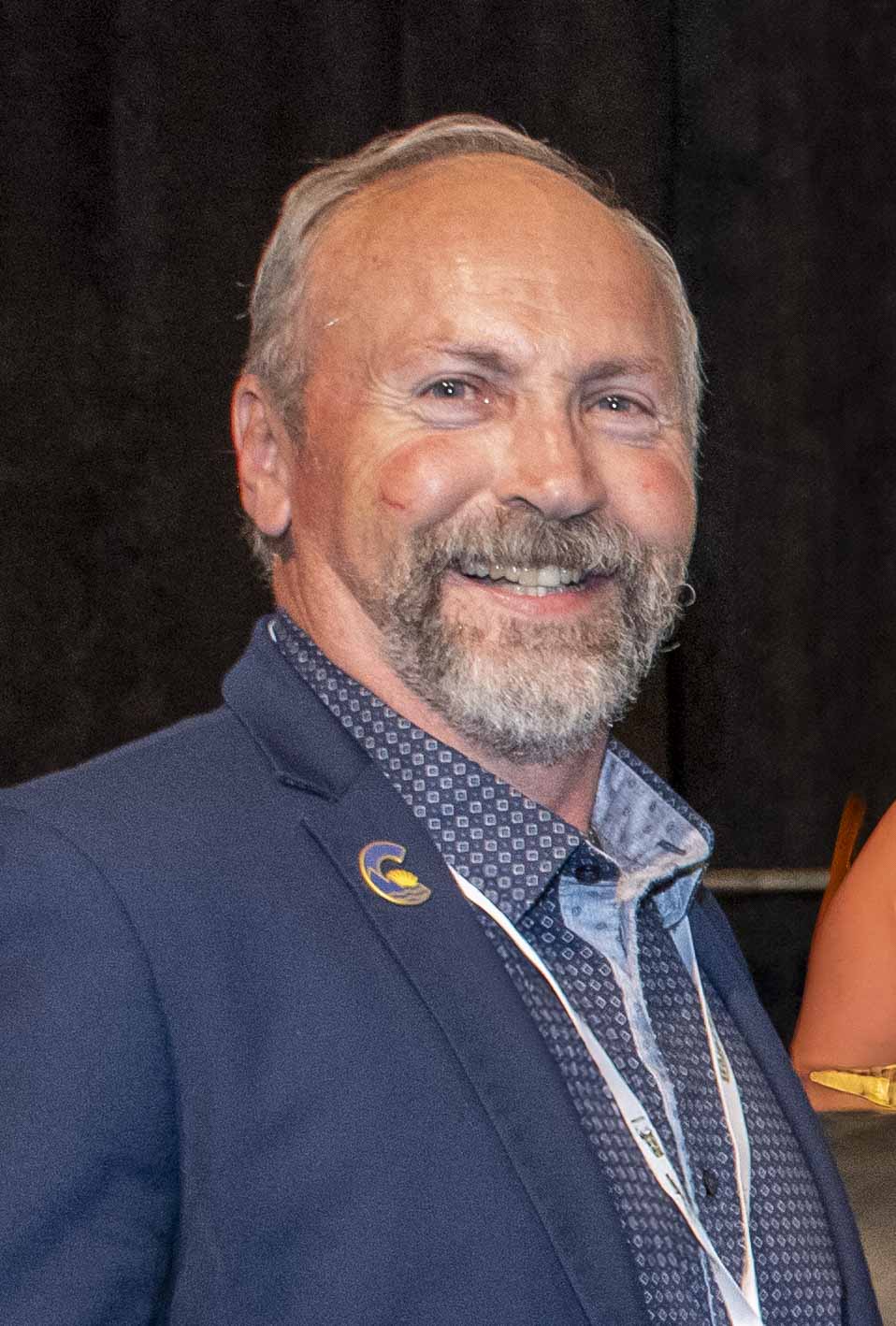
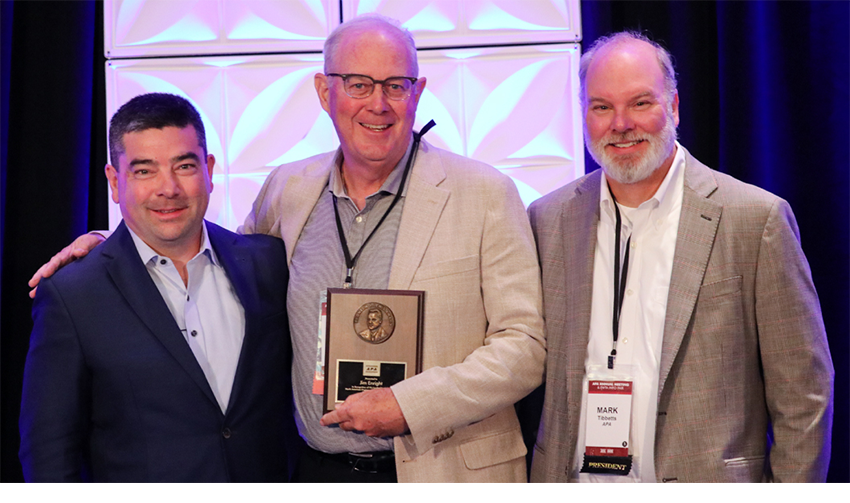


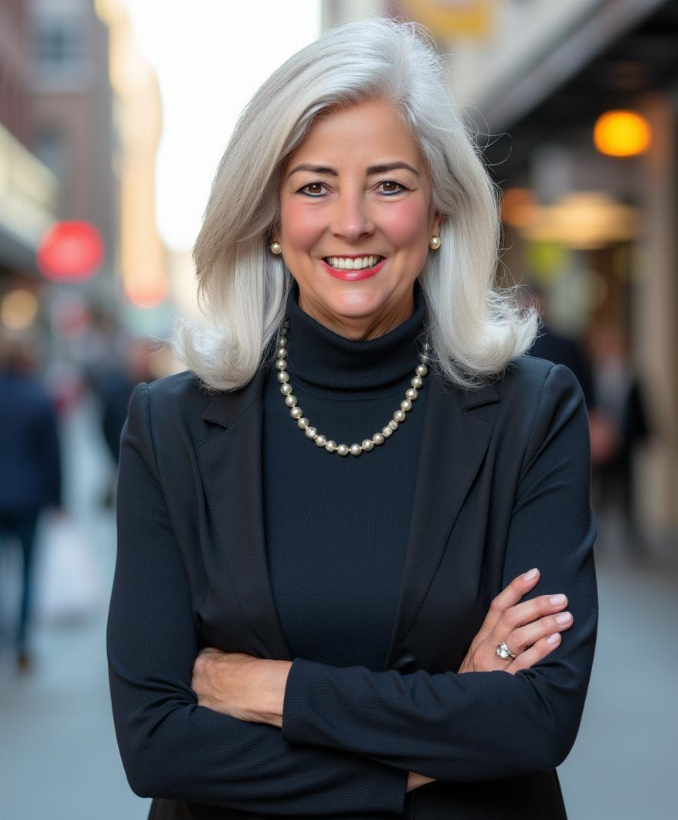
 WASHINGTON, D.C. — On Oct. 1, 2025, nine presidents and CEOs representing American manufacturers of hardwood plywood, engineered wood flooring, and hardwood veneer asked President Trump to add their products to the recently announced Section 232 tariffs on wood products. The current 232 tariff proposal focuses on cabinets, vanities, lumber, upholstered furniture, and other products. Section 232 tariffs are trade restrictions, such as import duties, that the President of the United States can impose on goods that are found to threaten national security. According to the group of companies, more than 100,000 American manufacturing jobs are threatened by the “flood of dumped and subsidized decorative hardwood product imports from outside of North America.” The group pointed to the news that Roseburg Forest Products had closed its last hardwood plywood mill and exited the hardwood plywood market as a result of these imports, which the company said dominate 80% of the U.S. market.
WASHINGTON, D.C. — On Oct. 1, 2025, nine presidents and CEOs representing American manufacturers of hardwood plywood, engineered wood flooring, and hardwood veneer asked President Trump to add their products to the recently announced Section 232 tariffs on wood products. The current 232 tariff proposal focuses on cabinets, vanities, lumber, upholstered furniture, and other products. Section 232 tariffs are trade restrictions, such as import duties, that the President of the United States can impose on goods that are found to threaten national security. According to the group of companies, more than 100,000 American manufacturing jobs are threatened by the “flood of dumped and subsidized decorative hardwood product imports from outside of North America.” The group pointed to the news that Roseburg Forest Products had closed its last hardwood plywood mill and exited the hardwood plywood market as a result of these imports, which the company said dominate 80% of the U.S. market.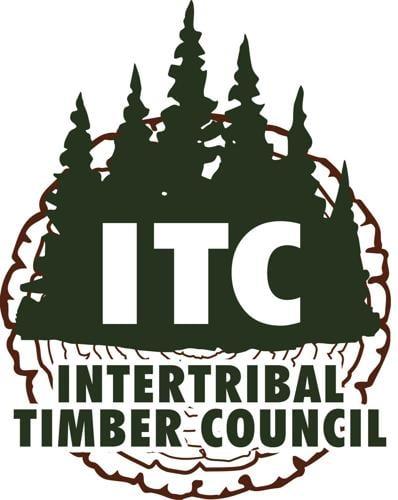
 On 31 July 2025, Metsä Group announced it would launch the planning of a EUR 300 million cost savings and profit improvement programme. Planning is now complete, and Metsä Group will initiate statutory negotiations concerning its personnel as part of it. “Our profitability has been undermined by three factors. First, increased uncertainties in global trade have reduced demand for our products. Second, changes in exchange rates have weakened our result and will continue to do so. Third, the increase in raw material costs and the general cost level has eroded our profitability,” says Jussi Vanhanen, President and CEO of Metsä Group. …According to preliminary assessments, the planned measures may lead to a permanent reduction of 800 permanent jobs. A significant share – 540 jobs – are expected to be in Finland. In addition to redundancies, the planned changes may lead to changes in duties.
On 31 July 2025, Metsä Group announced it would launch the planning of a EUR 300 million cost savings and profit improvement programme. Planning is now complete, and Metsä Group will initiate statutory negotiations concerning its personnel as part of it. “Our profitability has been undermined by three factors. First, increased uncertainties in global trade have reduced demand for our products. Second, changes in exchange rates have weakened our result and will continue to do so. Third, the increase in raw material costs and the general cost level has eroded our profitability,” says Jussi Vanhanen, President and CEO of Metsä Group. …According to preliminary assessments, the planned measures may lead to a permanent reduction of 800 permanent jobs. A significant share – 540 jobs – are expected to be in Finland. In addition to redundancies, the planned changes may lead to changes in duties.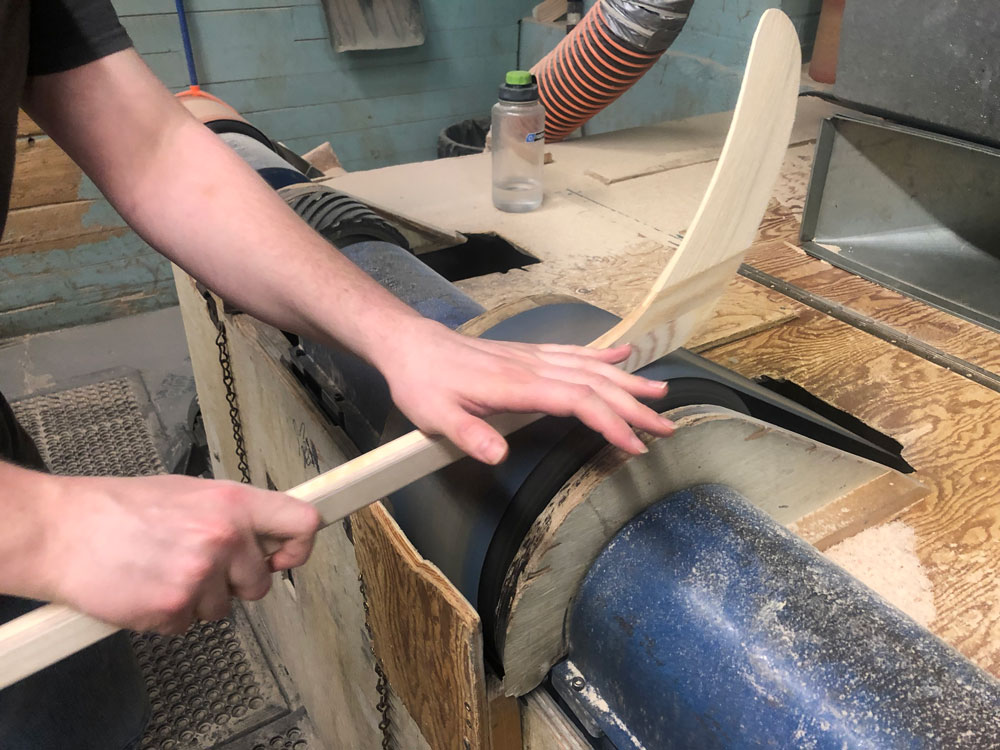
 HUNTSVILLE — The Ontario government is investing $10 million through the Forest Sector Investment and Innovation Program to help Daiken North America upgrade its laminated board production line at its manufacturing facility in Huntsville. This investment will help the company bring a first-of-its-kind wood panel product to market, create jobs and boost productivity. As part of its plan to protect Ontario, the government is making strategic investments to help forest sector businesses adapt, compete and grow to stay resilient in the face of U.S. tariffs. …Daiken’s $70 million project will equip them to manufacture a new type of wood panel used in flooring, recreational vehicles and modular housing, while supporting 128 existing jobs and creating 10 new jobs. This made-in-Ontario forest product is the first of its kind in the world, offering a higher-performance, lower-cost alternative to imported material.
HUNTSVILLE — The Ontario government is investing $10 million through the Forest Sector Investment and Innovation Program to help Daiken North America upgrade its laminated board production line at its manufacturing facility in Huntsville. This investment will help the company bring a first-of-its-kind wood panel product to market, create jobs and boost productivity. As part of its plan to protect Ontario, the government is making strategic investments to help forest sector businesses adapt, compete and grow to stay resilient in the face of U.S. tariffs. …Daiken’s $70 million project will equip them to manufacture a new type of wood panel used in flooring, recreational vehicles and modular housing, while supporting 128 existing jobs and creating 10 new jobs. This made-in-Ontario forest product is the first of its kind in the world, offering a higher-performance, lower-cost alternative to imported material. 


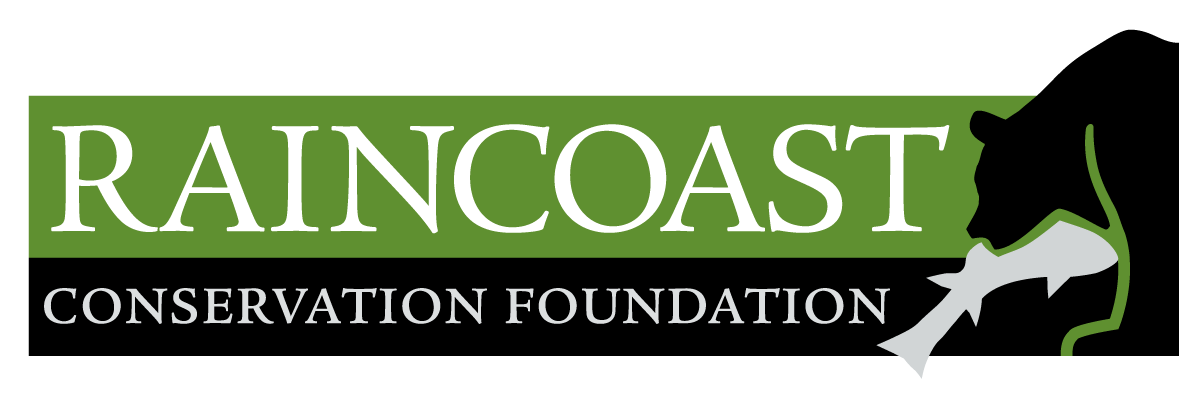



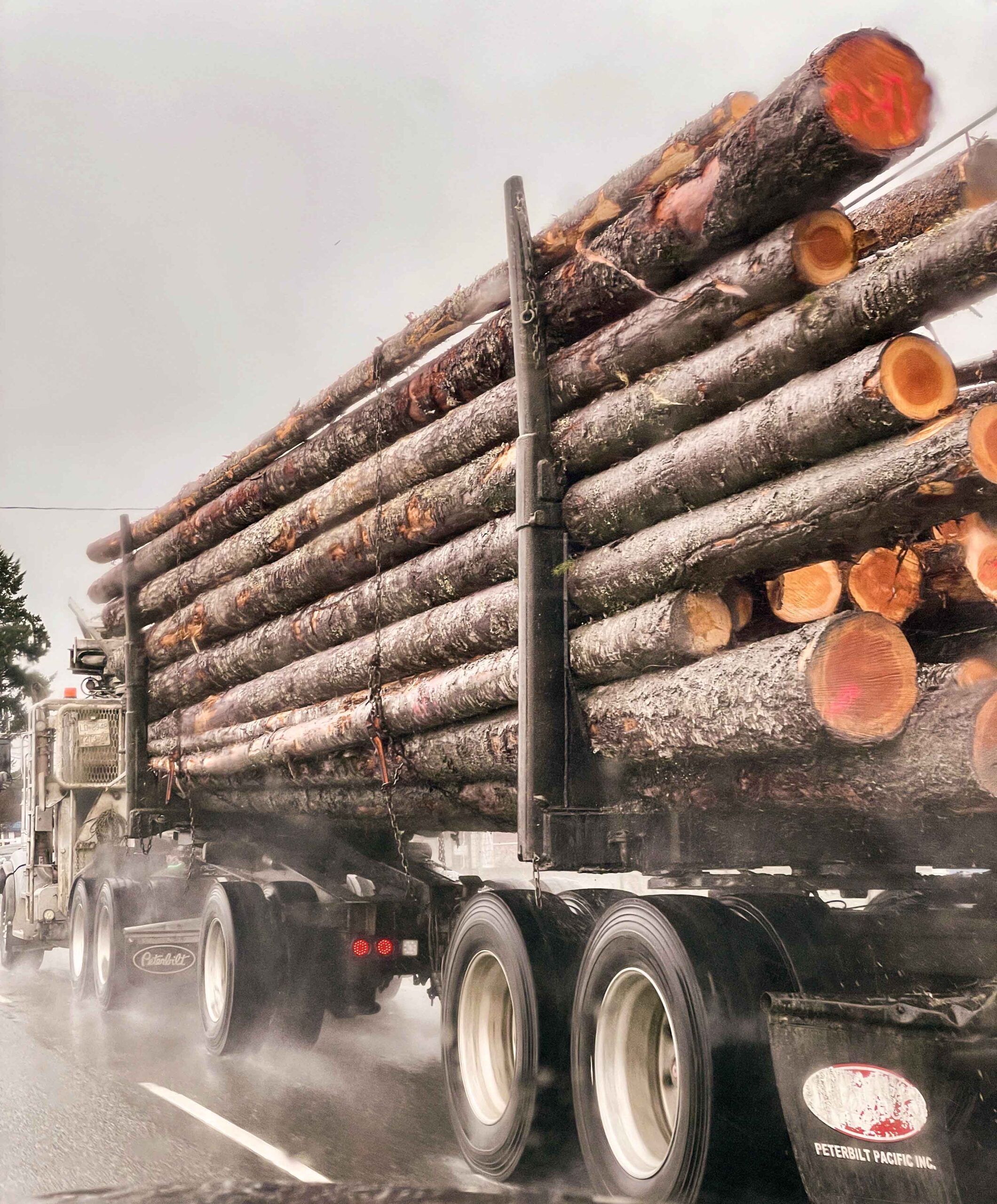 Anderson Creek Timber is currently hauling logs from its property located just south of Nelson above the Rail Trail at Mountain Station. The work will continue for another three-to-four weeks, said Doug Thorburn, a forester with Monticola Forest Ltd. that manages Anderson Creek’s forest properties. … The 600-hectare Anderson Creek Timber property is private land and is therefore governed by B.C.’s Private Managed Forest Land Act, which provides much less regulation than the Forest Act in areas such as biodiversity, watershed protection, wildlife protection and harvest guidelines. …Anderson Creek Timber and Kalesnikoff, which has a public Crown land tenure over much of the Anderson Creek watershed, are working on a watershed assessment for the area… The reason the company has not done public information sessions about its logging plans … is that on privately owned land, compared with public land, there is less obligation to do so.
Anderson Creek Timber is currently hauling logs from its property located just south of Nelson above the Rail Trail at Mountain Station. The work will continue for another three-to-four weeks, said Doug Thorburn, a forester with Monticola Forest Ltd. that manages Anderson Creek’s forest properties. … The 600-hectare Anderson Creek Timber property is private land and is therefore governed by B.C.’s Private Managed Forest Land Act, which provides much less regulation than the Forest Act in areas such as biodiversity, watershed protection, wildlife protection and harvest guidelines. …Anderson Creek Timber and Kalesnikoff, which has a public Crown land tenure over much of the Anderson Creek watershed, are working on a watershed assessment for the area… The reason the company has not done public information sessions about its logging plans … is that on privately owned land, compared with public land, there is less obligation to do so.
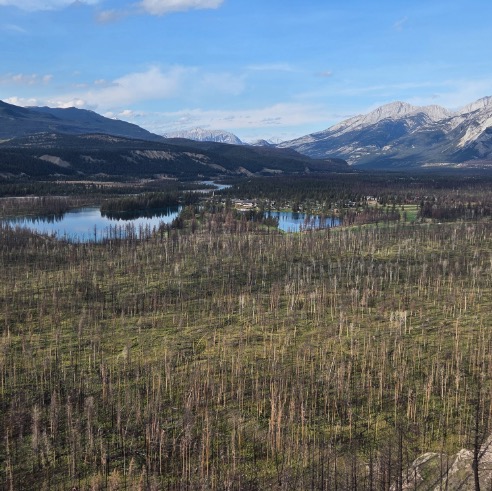
 ʼNa̱mǥis First Nation and the Province are one step closer to a joint decision-making agreement that will support predictable harvesting, job creation and sustainable forestry operations on the north Island. “The best way to move fibre is by working together and that is what we are accomplishing with the ʼNa̱mǥis First Nation,” said Ravi Parmar, Minister of Forests. “I am optimistic that this draft agreement will create good-paying jobs and help us in our efforts to provide stability and certainty for our coastal forestry sector, as we deal with Donald Trump’s attack on our forestry sector.” ʼNa̱mǥis First Nation and the Province have developed a first-of-its-kind draft Section 7 joint decision-making agreement for the forestry sector under the Declaration on the Rights of Indigenous Peoples Act (Declaration Act) and Forest Range and Practices Act.
ʼNa̱mǥis First Nation and the Province are one step closer to a joint decision-making agreement that will support predictable harvesting, job creation and sustainable forestry operations on the north Island. “The best way to move fibre is by working together and that is what we are accomplishing with the ʼNa̱mǥis First Nation,” said Ravi Parmar, Minister of Forests. “I am optimistic that this draft agreement will create good-paying jobs and help us in our efforts to provide stability and certainty for our coastal forestry sector, as we deal with Donald Trump’s attack on our forestry sector.” ʼNa̱mǥis First Nation and the Province have developed a first-of-its-kind draft Section 7 joint decision-making agreement for the forestry sector under the Declaration on the Rights of Indigenous Peoples Act (Declaration Act) and Forest Range and Practices Act.  The Forest Enhancement Society of BC (FESBC) is accepting expressions of interest (EOI) for projects to assist the Province of British Columbia in advancing the environmental and resource stewardship of British Columbia’s forests. These projects must occur on provincial crown land and support one or more of the core purposes of the Society, which include:
The Forest Enhancement Society of BC (FESBC) is accepting expressions of interest (EOI) for projects to assist the Province of British Columbia in advancing the environmental and resource stewardship of British Columbia’s forests. These projects must occur on provincial crown land and support one or more of the core purposes of the Society, which include:
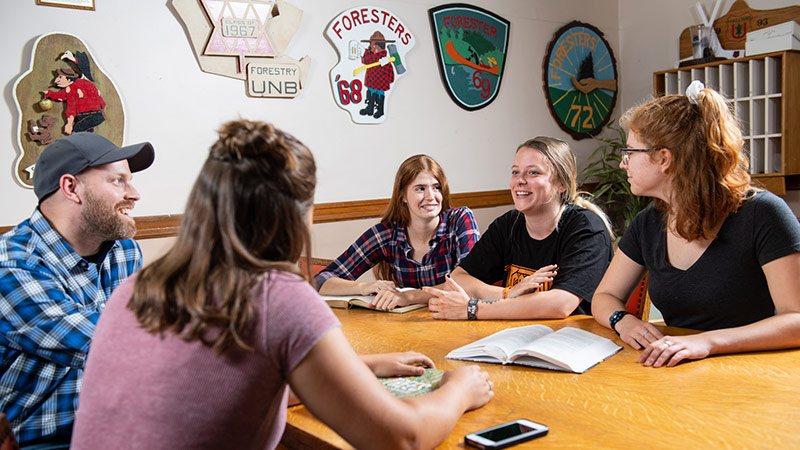
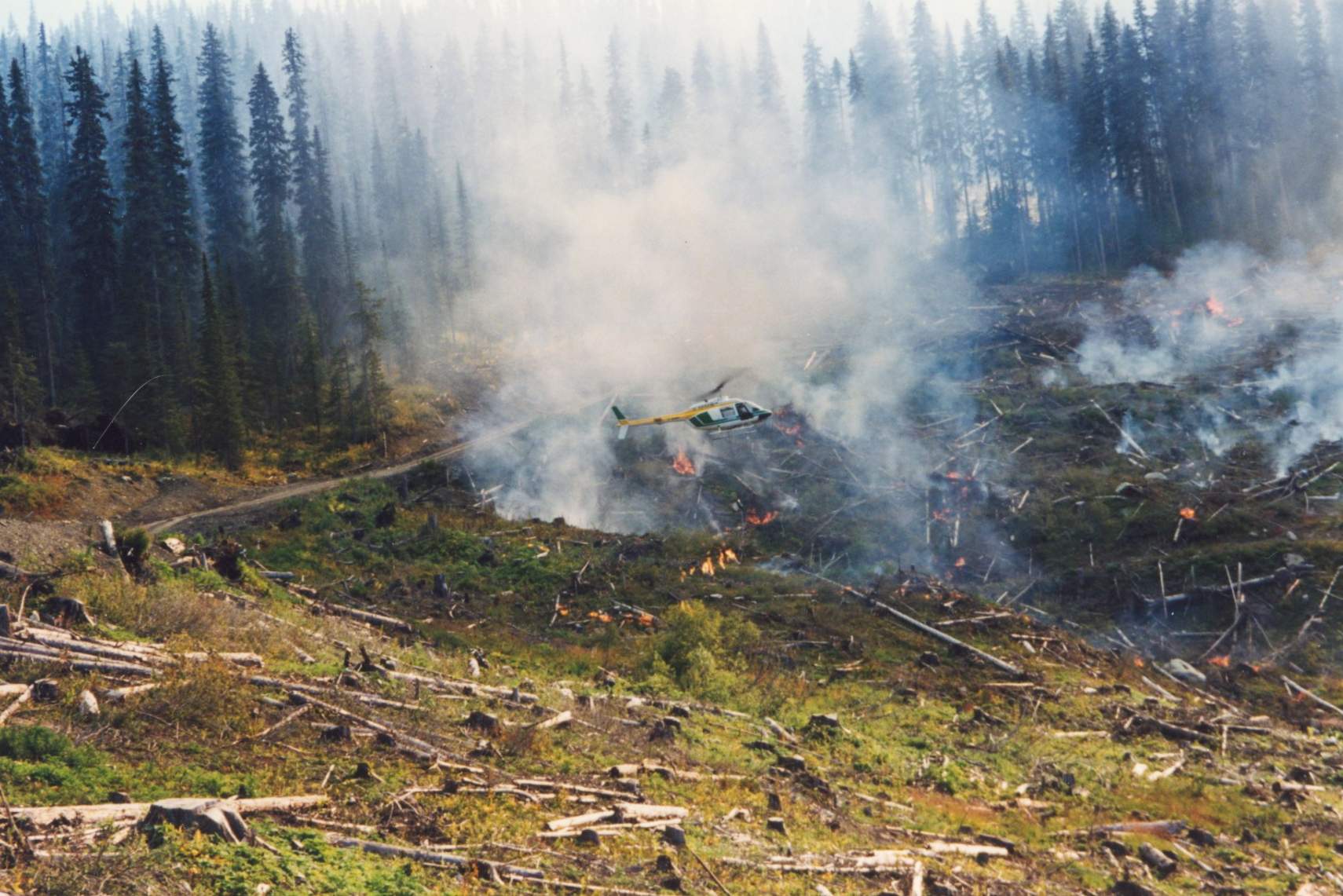 Despite the Trump administration’s pledge to aggressively clear overgrowth from national forests, the U.S. Forest Service is falling significantly short on wildfire mitigation work. By mid-September, the agency had only treated about 2.2 million acres through thinning and prescribed burns. That’s far short of the over 4 million acres treated during the last year of the Biden administration, and it’s also behind the agency’s annual average over the past decade. Forest Service Chief Tom Schultz blamed “operational challenges” and said agency resources were diverted to help battle blazes in Canada. However, Senator Ron Wyden of Oregon is blaming the slowdown in fuel treatments on the Trump administration firing thousands of Forest Service employees earlier this year. …the government shutdown has stopped wildfire prevention efforts across the country’s entire 193 million acres of national forest land [at] the ideal time for the agency to conduct safe prescribed burns across the West.
Despite the Trump administration’s pledge to aggressively clear overgrowth from national forests, the U.S. Forest Service is falling significantly short on wildfire mitigation work. By mid-September, the agency had only treated about 2.2 million acres through thinning and prescribed burns. That’s far short of the over 4 million acres treated during the last year of the Biden administration, and it’s also behind the agency’s annual average over the past decade. Forest Service Chief Tom Schultz blamed “operational challenges” and said agency resources were diverted to help battle blazes in Canada. However, Senator Ron Wyden of Oregon is blaming the slowdown in fuel treatments on the Trump administration firing thousands of Forest Service employees earlier this year. …the government shutdown has stopped wildfire prevention efforts across the country’s entire 193 million acres of national forest land [at] the ideal time for the agency to conduct safe prescribed burns across the West.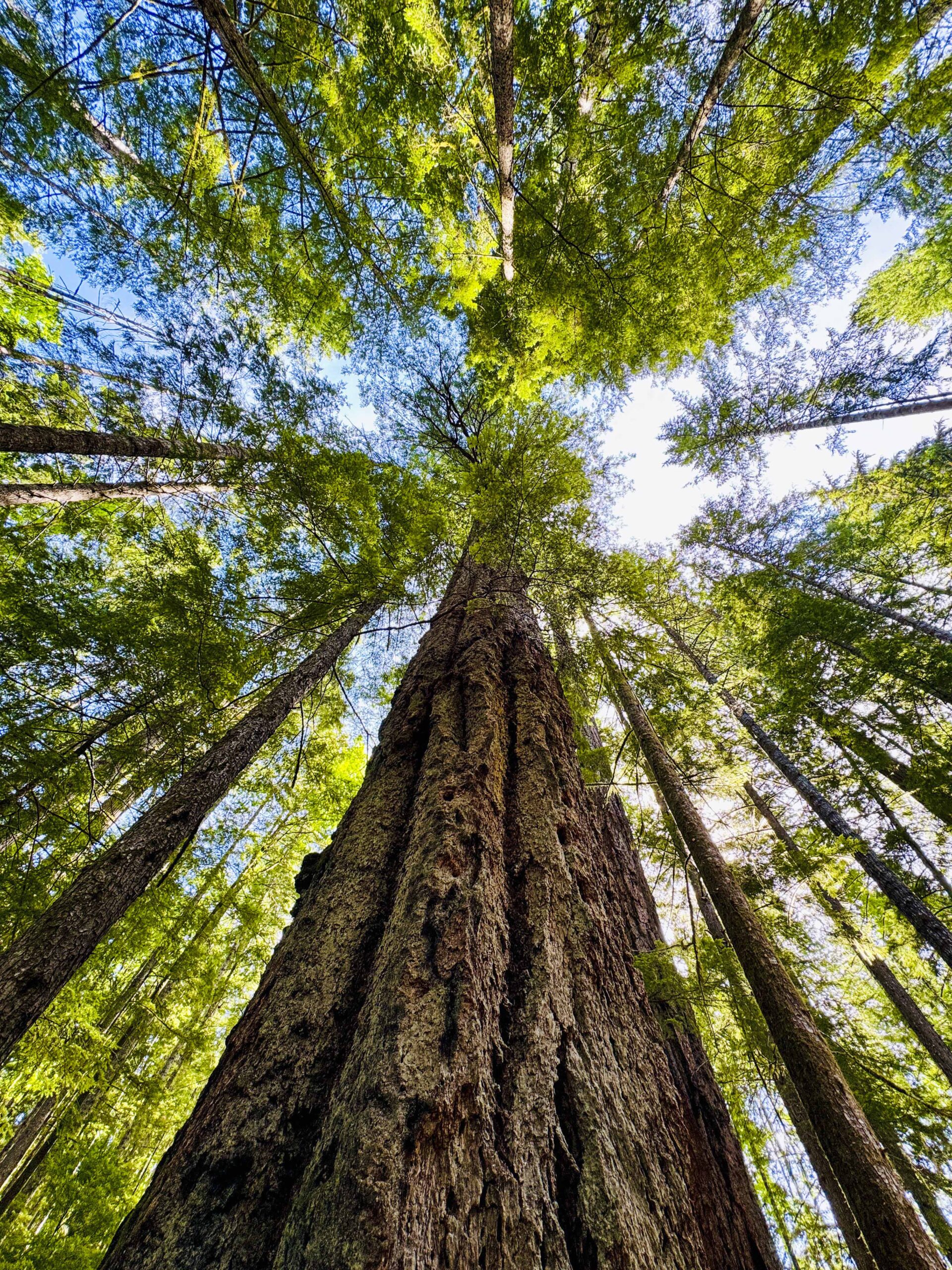 Drought and insects have killed an unprecedented number of Oregon’s Douglas fir trees during the last decade, costing billions in timber value, damaging infrastructure and ramping up wildfire danger. Beginning in 2015 and accelerating with the 2021 heat dome, roughly 635,000 acres of forest have been impacted by what’s known as Douglas fir “dieback” in southwest Oregon and the Willamette Valley. “It’s hitting trees of all sizes, but it’s hitting larger and older trees the hardest,” Max Bennett, a retired forest researcher with Oregon State University, told members of the Oregon Legislature on Sept. 30. “What we’re seeing now is unprecedented.” The dieback has led to $1.1 billion in lost timber value, $500 million in potential road hazard costs and created a tinderbox of forest fuel capable of spawning the West’s most destructive wildfires, a group of foresters and researchers told the House Committee on Agriculture, Land Use, Natural Resources and Water.
Drought and insects have killed an unprecedented number of Oregon’s Douglas fir trees during the last decade, costing billions in timber value, damaging infrastructure and ramping up wildfire danger. Beginning in 2015 and accelerating with the 2021 heat dome, roughly 635,000 acres of forest have been impacted by what’s known as Douglas fir “dieback” in southwest Oregon and the Willamette Valley. “It’s hitting trees of all sizes, but it’s hitting larger and older trees the hardest,” Max Bennett, a retired forest researcher with Oregon State University, told members of the Oregon Legislature on Sept. 30. “What we’re seeing now is unprecedented.” The dieback has led to $1.1 billion in lost timber value, $500 million in potential road hazard costs and created a tinderbox of forest fuel capable of spawning the West’s most destructive wildfires, a group of foresters and researchers told the House Committee on Agriculture, Land Use, Natural Resources and Water.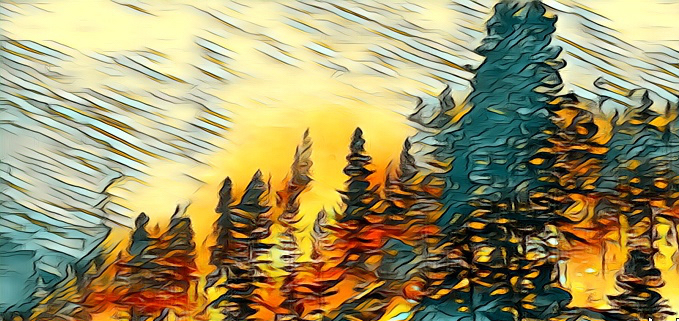 Last April, a pair of teenage boys … set fire to wooden pallets someone had dumped in the woods. Within a few hours it became one of the fastest-moving and most destructive wildfires on record in the New Jersey Pinelands. By the time it was brought under control three weeks later, about 15,000 acres of preserved forest were destroyed, and thousands of people were forced to flee their homes and businesses. Most official accounts of what became known as the Jones Road Fire attribute its ferocious power to the intensifying cycles of drought and heat linked to climate change that continue to affect coastal areas. But forestry experts in New Jersey point to another cause. …On Sept. 18, the New Jersey Pinelands Commission took a big step toward more aggressive management of the state’s Pinelands National Preserve voting to thin out a 12,000-acre stretch of pine and oak woodland adjacent to the wildfire site.
Last April, a pair of teenage boys … set fire to wooden pallets someone had dumped in the woods. Within a few hours it became one of the fastest-moving and most destructive wildfires on record in the New Jersey Pinelands. By the time it was brought under control three weeks later, about 15,000 acres of preserved forest were destroyed, and thousands of people were forced to flee their homes and businesses. Most official accounts of what became known as the Jones Road Fire attribute its ferocious power to the intensifying cycles of drought and heat linked to climate change that continue to affect coastal areas. But forestry experts in New Jersey point to another cause. …On Sept. 18, the New Jersey Pinelands Commission took a big step toward more aggressive management of the state’s Pinelands National Preserve voting to thin out a 12,000-acre stretch of pine and oak woodland adjacent to the wildfire site.
